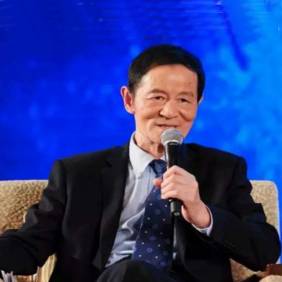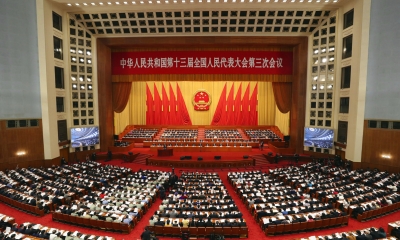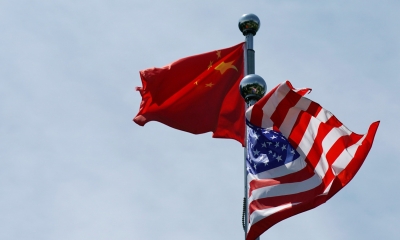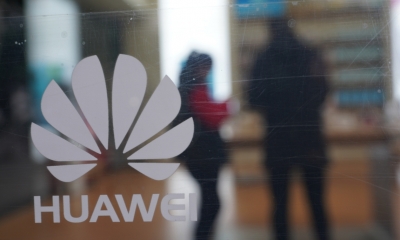A Hope for Mutually Beneficial Arrangement to Resolve EU CVD on Chinese BEV
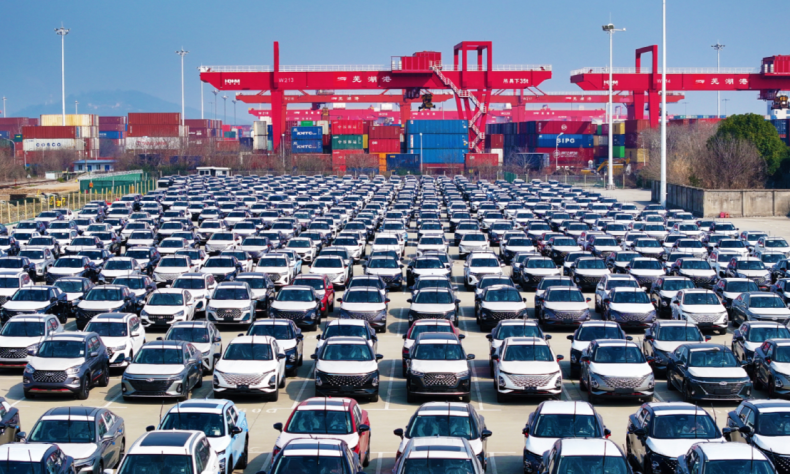
The unilateral EU CVD on Chinese BEVs, if becomes permanent, will have serious and lasting consequences in various aspects.
Despite repeated strong opposition from the Chinese government and automobile makers from both China and EU countries, the EU Commission announced a provisional countervailing duty (CVD) on imports of Chinese battery-powered electric vehicles (BEVs) on July 4, 2024, effective July 5 for four months pending the final EU decision on whether a permanent duty is to be imposed for five years. The CVD rates were 17.4 percent on BYD, 19.9 percent on GEELY, 37.6 percent on SAIC, and 20.8 percent for other Chinese auto brands.
The EU said in a press release that based on market information and information from independent sources, there is evidence showing that Chinese BEV producers have obtained subsidies from the Chinese government, including direct finance or liabilities transfer, various grants, preferential loans, export credit, VAT exemption or export tax rebate, etc.
The coming four months will be a window period for China-EU talks, trying to hit a settlement to avoid the CVD, which will hit both Chinese and European BEV producers and consumers alike.
Parallel to talks between China and the EU, one of the Chinese BEV victims–Shanghai Automobile Industry Corporation (SAIC) has claimed a public hearing on the exceptionally high CVD. They have blamed the EU Commission for investigating its technology secrets, which have nothing to do with subsidies, for misinterpretation of government subsidies to consumers, a general practice in the EU as well, as subsidies to the producer, and for neglecting the information SAIC has provided. They will challenge the EU Commission’s decision at the public hearing, letting its defending reach the EU public for a fair judgment.
The unilateral EU CVD on Chinese BEVs, if becomes permanent, will have serious and lasting consequences in various aspects.
First, it will set a significant case of denying multilateral trade rules, imposing unilateral trade restrictions without resorting to the WTO dispute settlement mechanism (DSM), thus further weakening the multilateral trade mechanism, hurting the global free trade environment which is already in serious difficulties.
Second, it will result in a fall in Chinese BEV exports to the EU, and higher BEV prices in the EU market, increasing consumers’ burden.
Thirdly, it will only temporarily protect the EU motor vehicle producers, but not necessarily BEV producers, and make the EU-made BEVs less competitive in the world market, threatening their future in the long run.
Fourth, it will set a bad example for governments in other parts of the world, which might also opt to adopt similar unilateral BEV trade restrictions, thus slowing down the world BEV development, unfavorable for the world’s common efforts in fighting against global warming and in developing green technology.
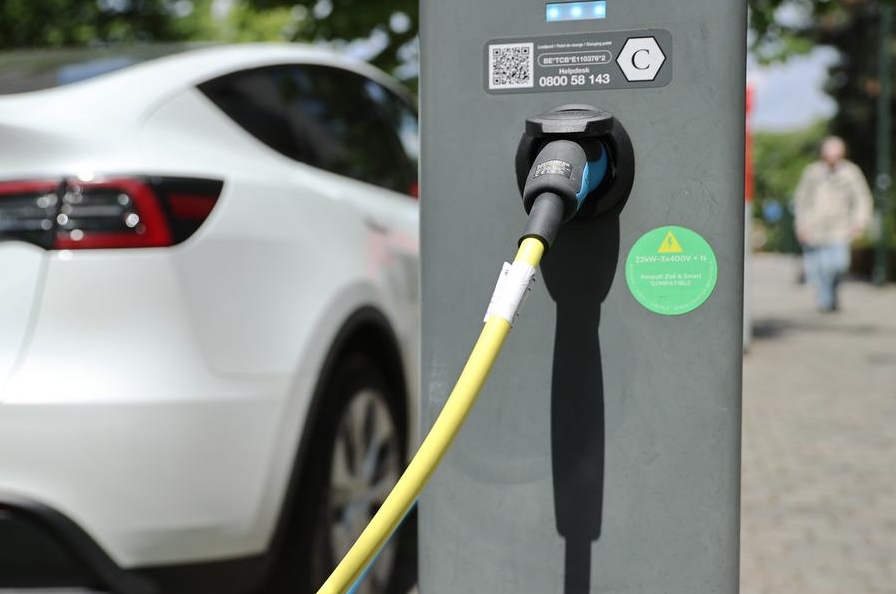
The window period left for the Chinese government will be less than four months because the time span is not for talks with the target country, but rather for the legal process within the EU. Hence, no time to waste.
The bilateral official consultation should focus on the critical details of the EU CVD. First, both sides need to review meticulously all the EU subsidy charges, checking with hard, complete facts to remove any unfounded charges.
Paradoxically, it is the EU, not China, that has been subsidizing BEVs heavily. From 2016 to September 2023, the German government provided a subsidy of 4,500 euros per unit BEV with a selling price above 45,000 euros. Total subsidies since 2016 have amounted to 10 billion euro. The French government has provided a subsidy of 4,000-6,000 euros per unit to BEVs since 2020.
The Chinese government did provide a subsidy of 12,600 yuan (1,500 euro) for each BEV, much lower than those in EU countries. However, the Chinese BEV subsidy came to an end on December 31, 2022. During 2023, Chinese BEV production, without any government subsidy, still increased tremendously, with the output hitting 9.50 million units, 36 percent up over 2022. In the first five months of 2024, it continued to rise by 32.5 percent year on year. It shows that the fast growth in Chinese BEV production and export is not based on government subsidies, but on its own technology, massive scale economy and complete supply chain. It also shows that the EU CVD decision is likely based on a double standard, not WTO rules. Hence, it is of utmost importance that, on the basis of fact-finding, both sides must base themselves only on the relevant WTO rules on subsidizing, instead of the EU own standard. If the two sides can reach an agreement on the relevant WTO standard, a big step forward will be clinched.
Then, the two sides could proceed to discuss a mutually beneficial arrangement, taking into full account each other’s reasonable concerns and striving for a win-win outcome by making the BEV market a larger pie. Mutual investment in BEVs should be a good solution. Chinese BEV and battery giants, including CATL, GOTION, BYD and GEELY, have invested or plan to invest in EU countries like Germany and Hungary. Meanwhile, European auto giants like Volkswagen have huge investments in China as well.
China and the EU hit an agreement on July 27, 2013 on the solar panel dispute. The China-EU solar panel consultation examined carefully the concerns and interests of both sides, in the light of relevant WTO rules, thus hitting a balanced agreement in the end. The EU Commission committed to no more anti-dumping duties on Chinese solar panels and those already imposed will not extend upon expiration.
It is highly anticipated that through joint efforts China and the EU will again reach a compromise that is WTO-based and mutually beneficial, instead of the permanent EU CVD. If so, both China and the EU will be winners in the future of the automobile industry.
The article reflects the author’s opinions, and not necessarily the views of China Focus.
 Facebook
Facebook
 Twitter
Twitter
 Linkedin
Linkedin
 Google +
Google +



